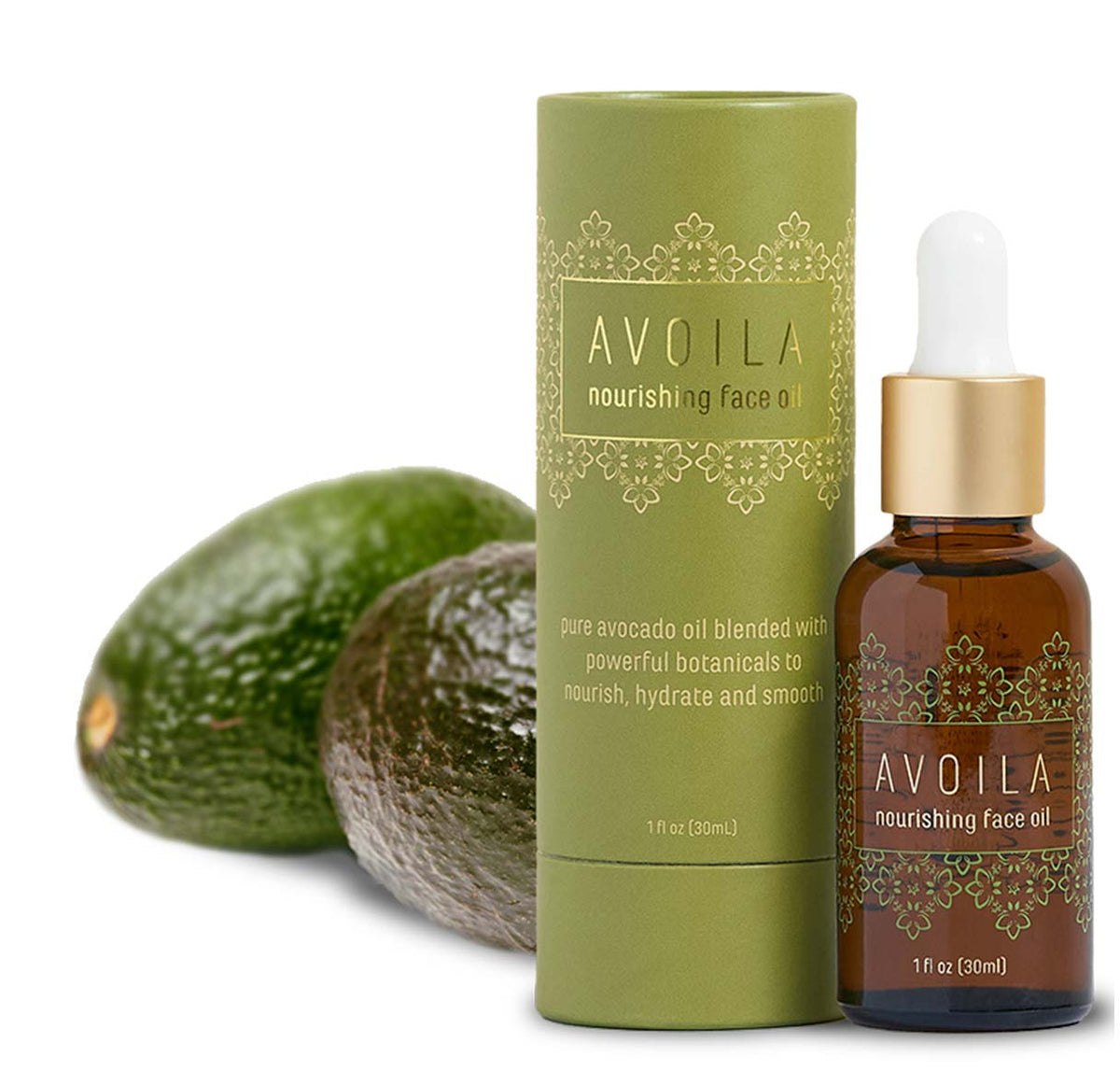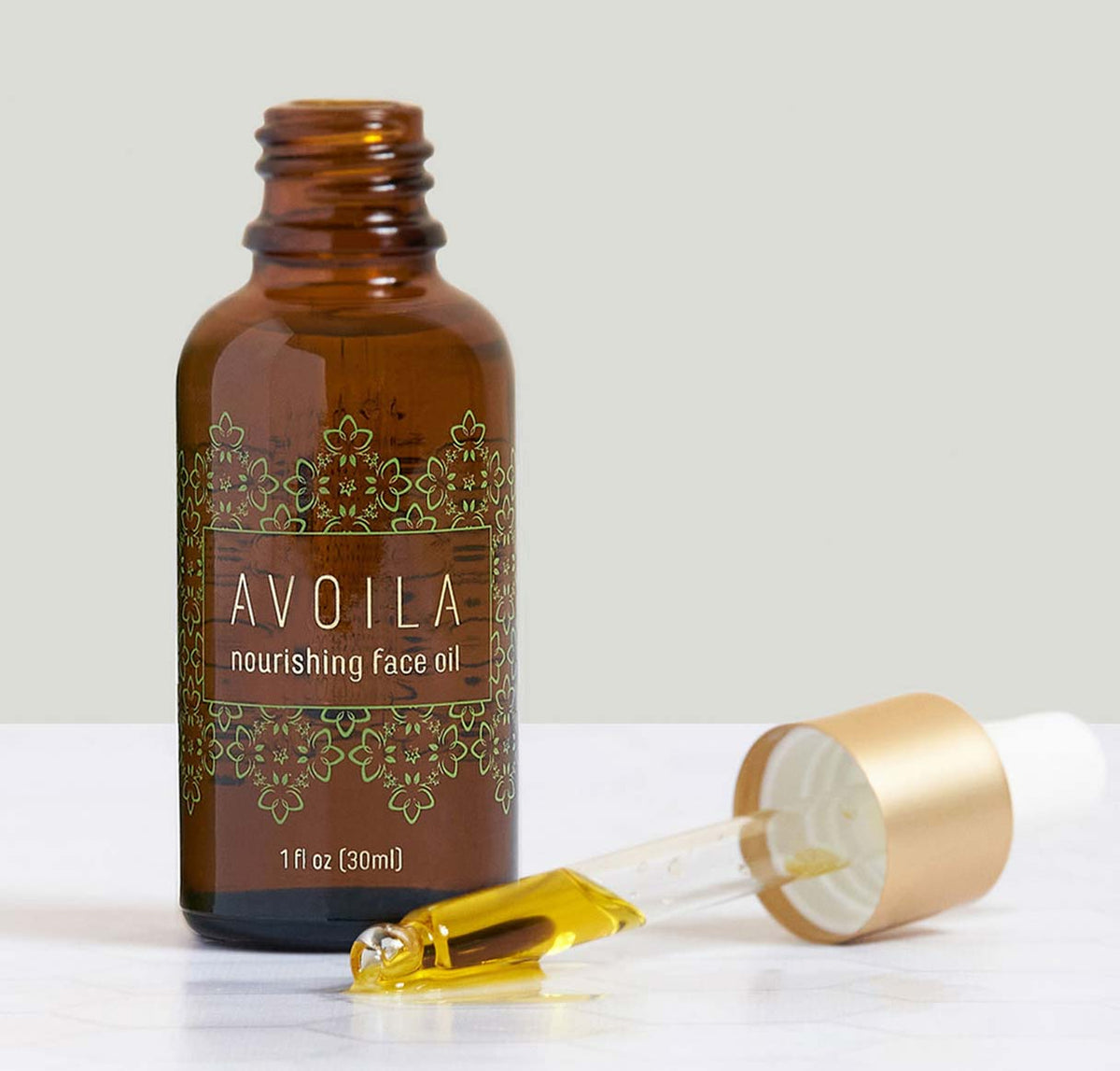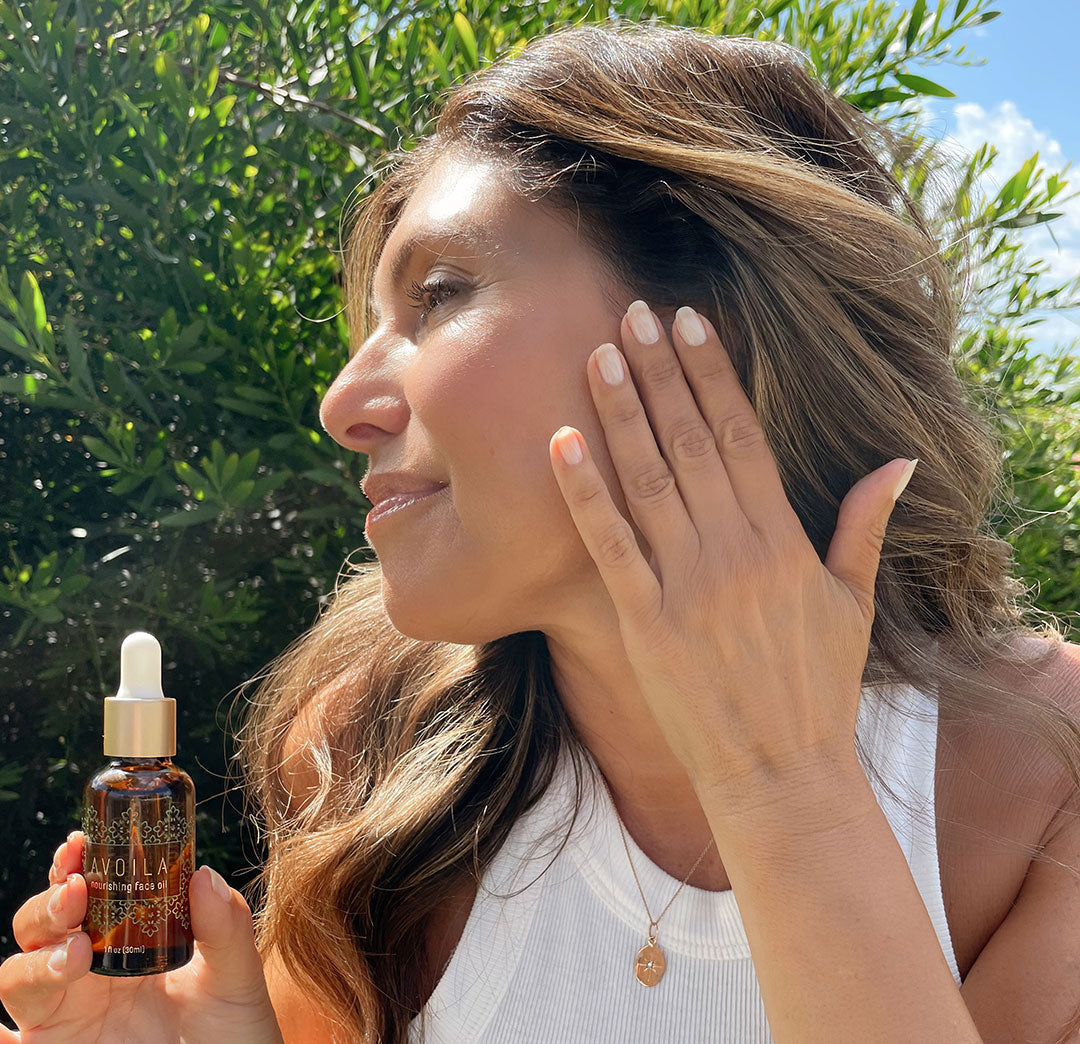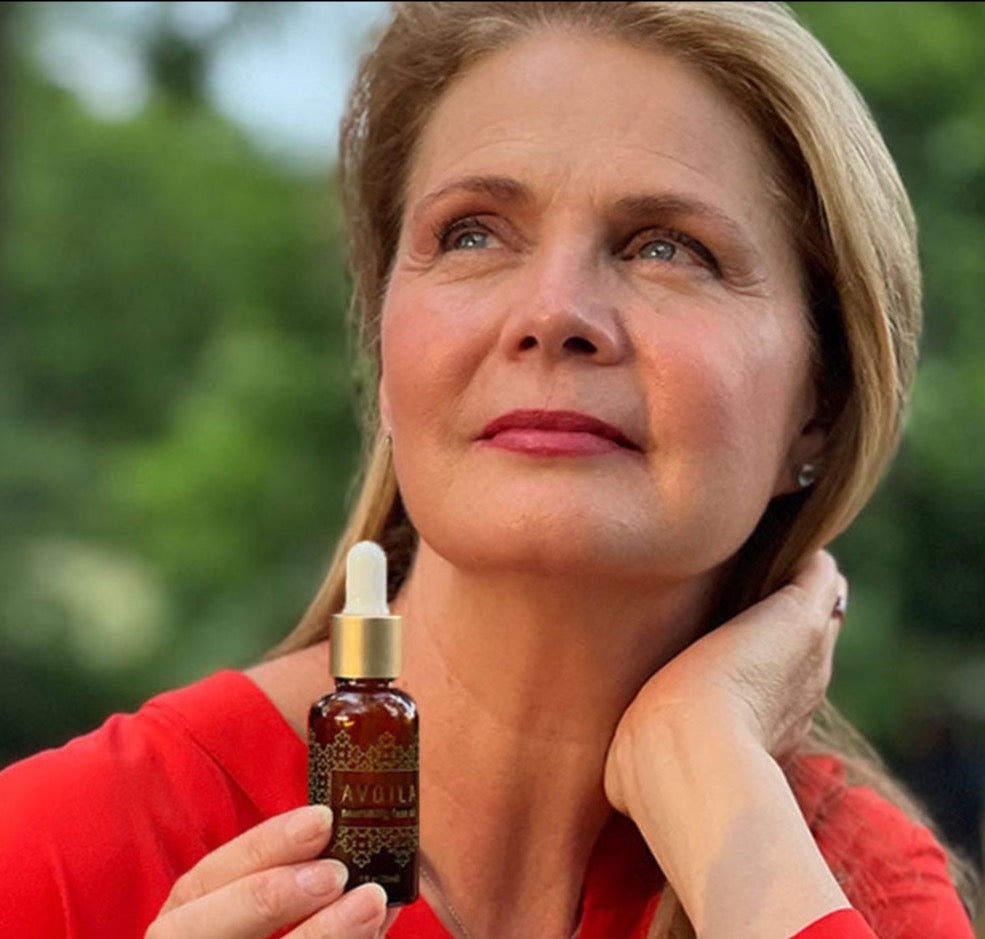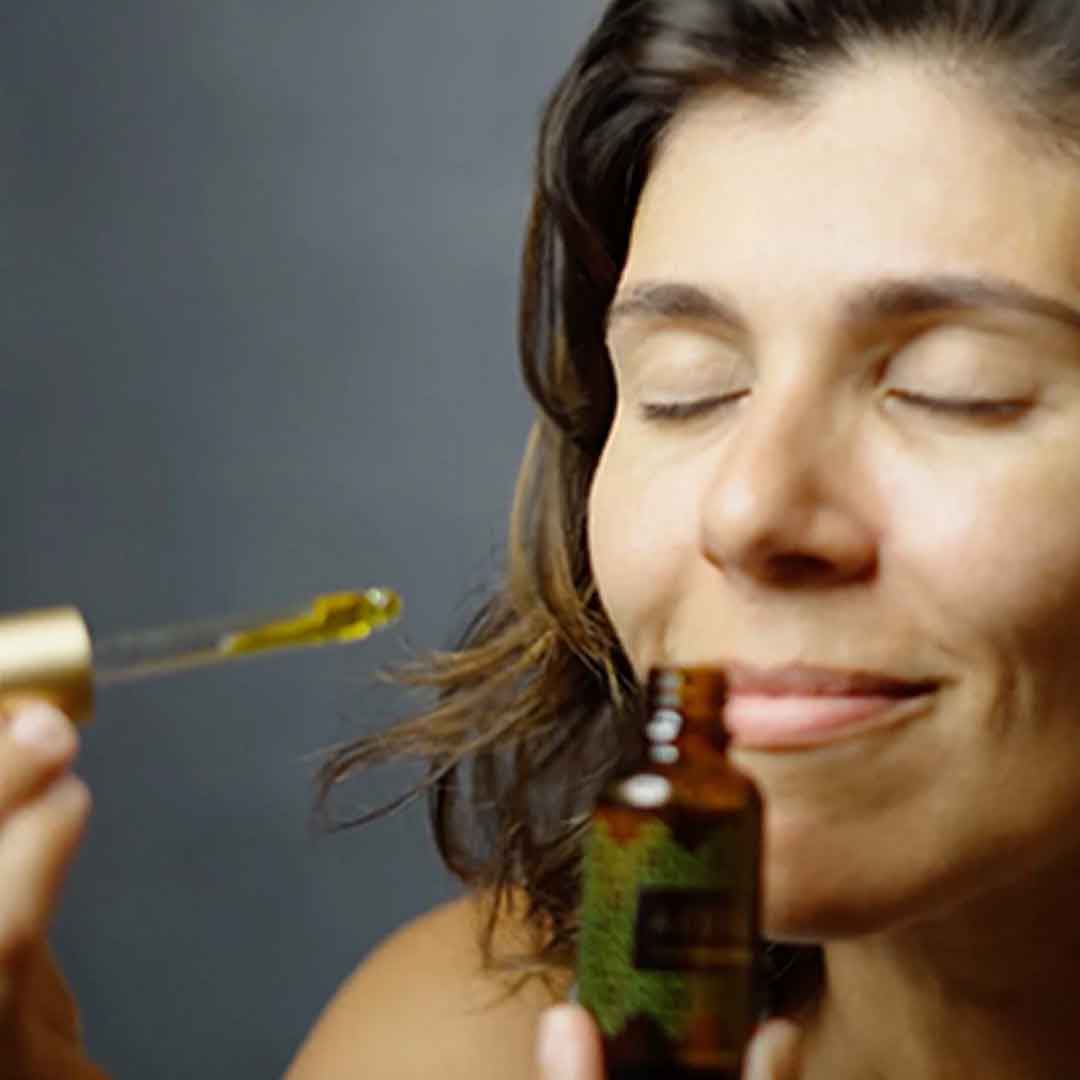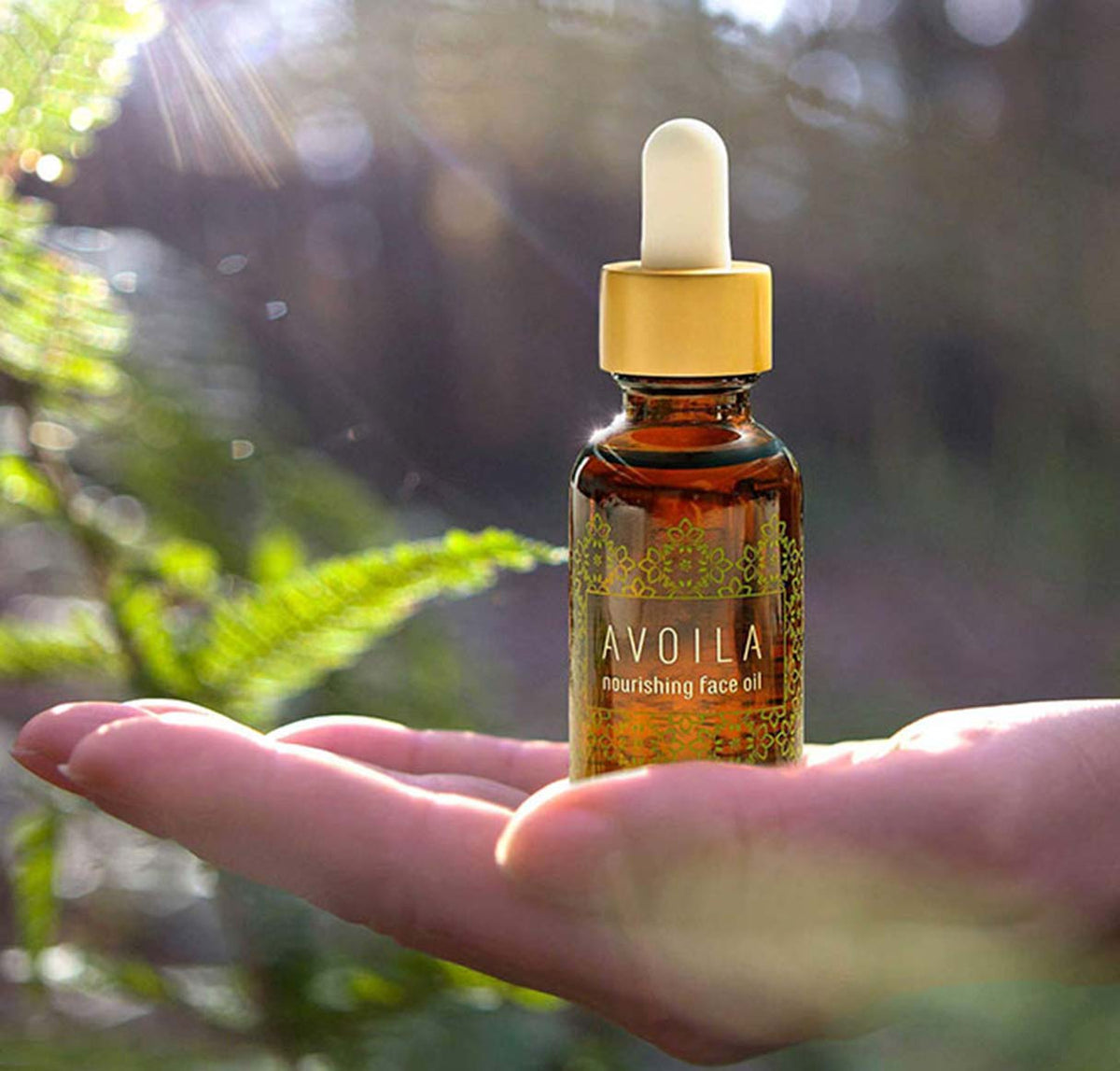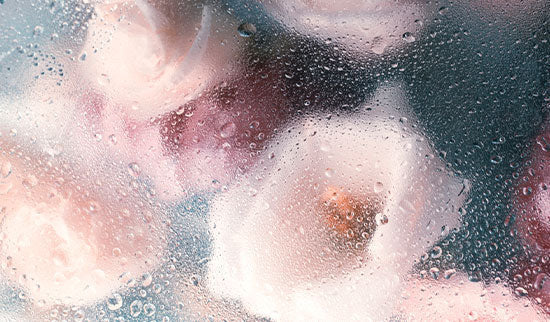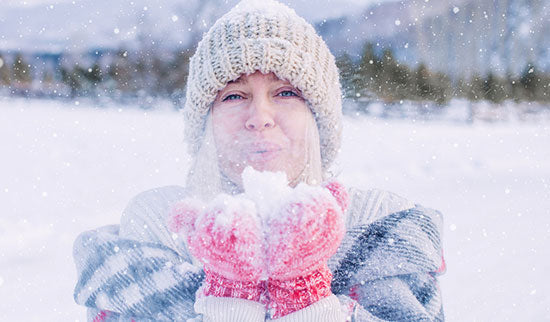
It's no secret that the cold weather can take a toll on your skin. From harsh winds to lower humidity levels, winter can leave your skin feeling dry, tight, and irritated. But don't despair! By following a few simple steps, you can create a winter skincare routine that will help you combat the dryness and keep your skin looking and feeling its best all season long.
Step 1: Cleanse Your Skin
Everyone knows that the first step in any skincare routine is to cleanse the skin. In the colder months, it's very important to not over-cleanse or to use a harsh cleanser that strips the skin of oil (or hydration). That's why we often suggest that water may be enough to cleanse the skin. If you feel that it's not, then use a gentle, fragrance-free cleanser that won't strip your skin of its natural oils. And if your skin is especially dry, you might even want to try a cream or oil-based cleanser.
I happen to love using an oil based cleansing balm like Naturopathica's Manuka Honey Cleansing Balm as it cleanses and offers a boost of hydration. Once you've found a cleanser you like, experiment with cleansing once or twice a day. You want to feel good that your skin is clean but you don't want to overdo it.
Step 2: Exfoliate Your Skin
The next step is to exfoliate. Exfoliating helps to slough off dead skin cells, which can help improve the appearance of your skin and allow your other skincare products to work more effectively. However, it's important not to overdo it; aim for two or three times per week max. And, you can include this in your winter skin care routine in the evening when you may have a little more time to pamper your skin.
Exfoliating doesn’t have to be scary! It can be as simple as using a sponge or a washcloth and water and gently moving the washcloth over your skin in short light strokes to remove dead skin cells. If using a chemical exfoliator or a scrub (such as oatmeal or sugar), the AAD recommends small, circular motions when applying.
Step 3: Hydrate Your Skin
After cleansing and exfoliating, it's time to apply a hydrating serum or cream. This is another area where you'll have to evaluate your skin type to see how it reacts to different products. If your skin is not that dry, you may be able to get by with the use of a face oil alone–especially if it has an emollient like avocado oil.
If it's on the drier side, you may want to layer a hydrating cream under a face oil. The face oil always goes on top of other products to seal in the other products you've added to your skin. Applying the face oil last will also give your skin a healthy glow which can eliminate the need for make-up. Another consideration here is your willingness to be consistent with your routine. The more complex it is, the more you may be likely to skip a step and then it's not an effective routine.
Step 4: Apply Sunscreen
Last but not least, don't forget the sunscreen, especially if you're participating in winter sports! Just because the sun isn't out doesn't mean its UV rays can't penetrate the clouds and damage your skin. So make sure to apply SPF 30.
By following these simple steps, you can create a winter skincare routine that will help you combat dryness and keep your skin looking and feeling its best all season long. And don't forget—if you have any specific concerns like fine lines or dark spots, there are plenty of targeted treatments available to help address them. Talk to your dermatologist or esthetician to find out which ones are right for you.
Frequently Asked Questions
1. Why should I consider changing my skincare routine during the winter?
Winter can be tough on your skin. The cold, dry air can cause your skin to become irritated, cracked, and chapped. In addition, the wind can strip away natural oils, leaving your skin feeling dry and itchy. If you're not careful, you may even find yourself dealing with a case of eczema or psoriasis.
2. What are some ingredients to consider using during the winter months?
Hyaluronic acid is a powerful hydrator that can help lock in moisture. It's found naturally in the skin, but levels decrease as we age. Look for hyaluronic acid in serums and creams, and apply it liberally to clean skin.
Of course, avocado oil is a great oil to use in the winter time as it is an emollient that is rich in Vitamin E and Linoleic Acid which penetrates the skin barrier so that it can retain moisture.
3. How can I lock the moisture in my skin?
Complete your skincare routine with a face oil like Avoila as the organic avocado oil and organic Kalahari melon seed oil help lock in moisture.
4. How important is it to stay hydrated in the winter?
Is this a trick question?! Of course it's very important to stay hydrated even in the winter when it's colder outside. The hydration of the cells in your body will determine what your skin looks like on the outside. If your skin is looking dull and dry and you're doing all the things to hydrate your skin you may just not be drinking enough water. Before downing lots of water, start with increasing your water intake by a glass or two and even consider adding an electrolyte product or some good ole fashion sea salt to your water to improve hydration.

